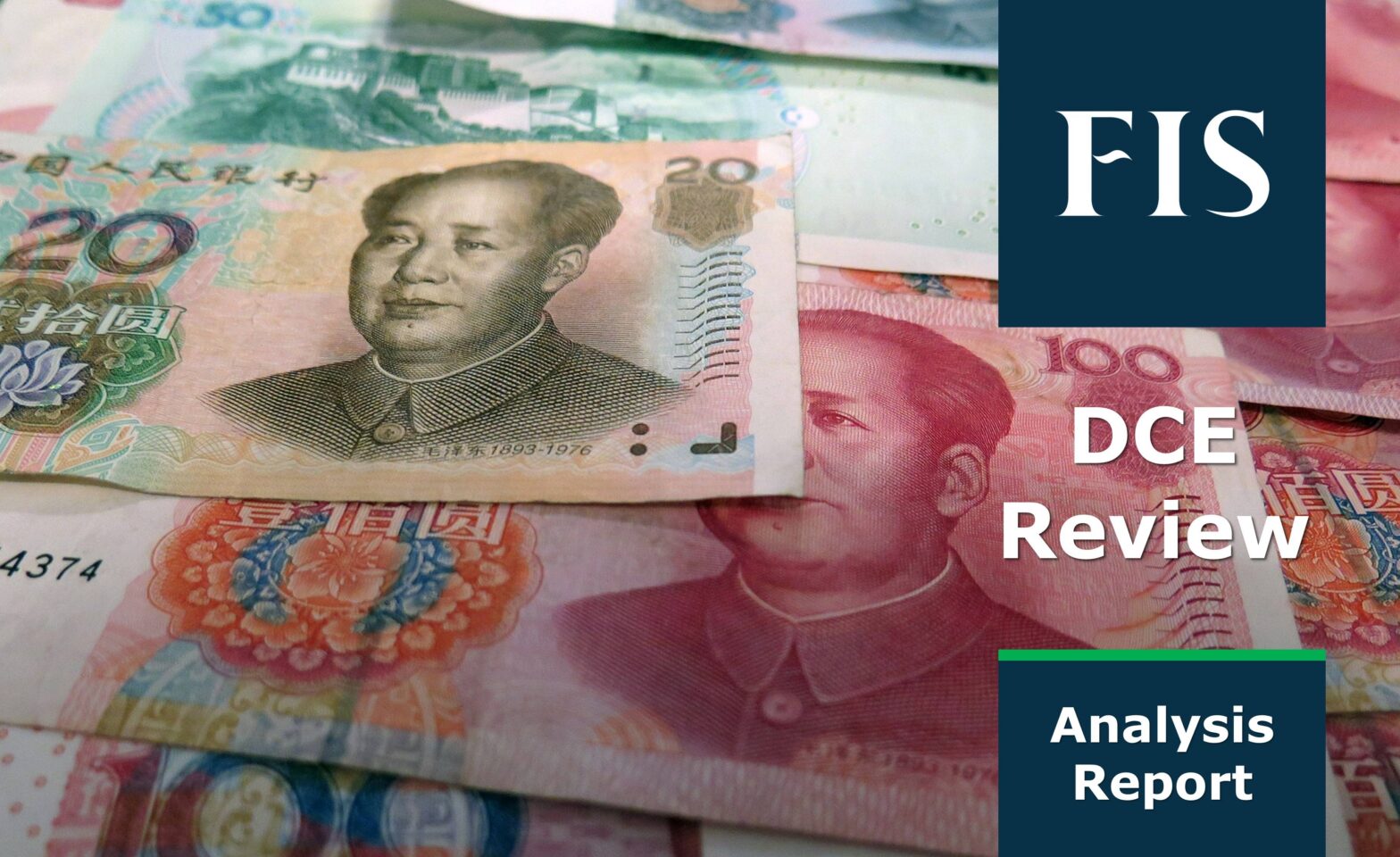Iron ore futures retreated into losses after steady gains for the week, as trade participants found misalignment between the recent paper rally and the lacklustre physical market.
The futures of Dalian Commodity Exchange (DCE) for January delivery then decreased by 3.17% day-on-day or down RMB 21 to RMB 642.50/mt, during the day trading session on Thursday.
The rebar futures also went down by 2.96% day-on-day or down RMB 131 to RMB 4,293/mt, during the day trading session.
Slow physical demand despite better credits from banks
The recent paper rally triggered by rising money supply from looser monetary policies seemed to be at odd with physical market fundamentals.
As steel demand improved but at a slower rate with better margins, but market participants were concerned with rising port inventory at record-high level of 154.4 million mt during early December.
Moreover, most Chinese mills had yet to start their restocking activities to replenish stocks, thus they were less keen to import seaborne cargoes and preferred some purchases from the portside on need-basis.
Mild growth for Chinese infrastructure market in 2022
The slow demand may be due to the risk of debt crisis in the Chinese property market, after one of the country’s largest property developers, Evergrande struggled to pay back loan interests in risking bank default.
However, the Beijing policymaker responded by easing bank credits to other financial-healthy property developers and cut the reserve requirement ratio (RRR) by 50 basis points for the second time in 2021 to release around $188 billion into the banking system to aid SME growth.
Despite these fiscal measures, China’s property investment and steel demand were expected to drop in 2022, though steel-intensive infrastructure projects, such as roads, railways, and bridges, may achieve mild upward momentum in 2022, according to trade sources.
